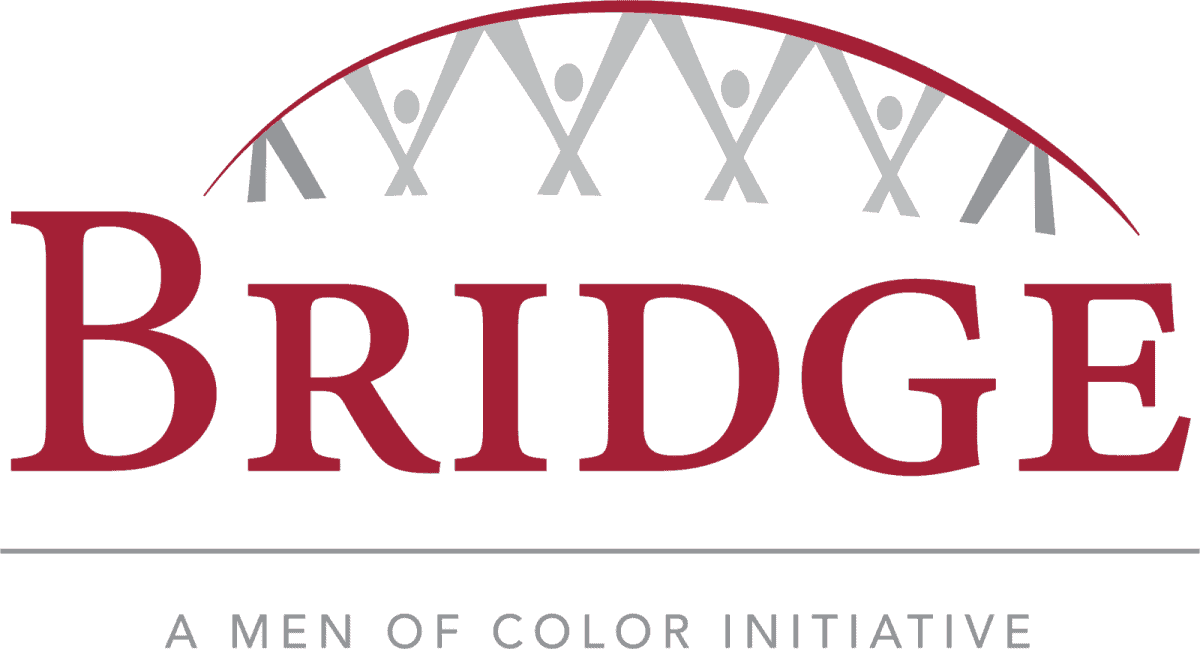Coming into a predominantly white university as a man of color can feel overwhelming. You find yourself in classes and areas around campus where you are the only person of color. This can cause you to feel ostracized and like you do not belong.
You can miss out on so many resources because you do not fit into the same groups as your peers, some of whom have previous connections. These are factors that have caused the dropout rates for men of color to be among the highest of any demographic at The University of Alabama.
The BRIDGE Program is a four-year program for men of color at The University of Alabama. It started with a vision by Kiara Summerville to foster relationships, create resources and build unity on campus to help create an environment in which young men of color will be comfortable and successful throughout their college careers.
This was the motivation for the creation of the BRIDGE program by Summerville in the fall of 2019. Initially, it was a first-year program that lasted only a few days during the week before classes started. However, relationships among the participants, student leaders and Summerville grew, creating a yearning for more BRIDGE activities throughout the year.
Summerville and others leading the program, like former University of Alabama employee Rob Henderson, found ways to keep students engaged and connected while helping to drive collegiate success. Through academic initiatives like weekly study halls with tutoring, or events such as the annual Christmas party, the BRIDGE program gradually shifted to a full four-year experience as those bonds built in the young men’s first year kept them returning year after year.
The BRIDGE program creates a sense of belonging at The University of Alabama for these young men of color. It helps you to build comradery with peers that look like you and feel how you feel. It allows you to connect with those who are going through similar situations or have already been through them, so you can lean on one another. It introduces you to faculty and staff who are as passionate about your academic, career and life success as anyone can be.
I have seen and experienced the positive impact that the BRIDGE program has had on success both in and outside of the classroom. This is why since joining my cohort in 2020, I have not only remained involved in BRIDGE, but assimilated into leadership roles within the program to help continue the impact and legacy of the program.
BRIDGE has helped me to have a great college experience, which I know would not have been the same without the program. It gave me the opportunity to foster relationships and network with mentors who have made my life better. It has even introduced me to lifelong brothers.
I love The University of Alabama, and my time here would not have been as great without the BRIDGE program, so I am thankful. I am thankful for the vision of Dr. Summerville and the initiative that The University of Alabama takes to create a safe and diverse campus.
Michael Stewart Jr. is a senior at The University of Alabama majoring in marketing. He is a member of the 2020 BRIDGE cohort and a team lead for the 2023 BRIDGE cohort.
Opinions Editor Victor Hagan is a member of the BRIDGE 2020 cohort and a third-year BRIDGE builder.












